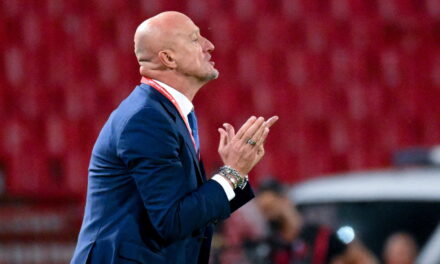There is a village in the county of Zala which - this is not an exaggeration - was at least two decades ahead of its time. Now that most municipalities have realized how much of a problem the energy crisis is causing them, the leaders of Nagypáli - even if they can't sit back comfortably in their desks, because they have plenty of work to do - but they accept the news about the price increase much more calmly.
Mayor Tibor Köcse decided in 1996 to create a developed, European-standard, self-sustaining, environmentally conscious settlement from Nagypáli, and today all of this has become a reality.
The story began in 1996, when Tibor Köcse was elected mayor in a by-election. The village manager and the representatives did not remain idle, they announced the Green Road village development program already a year later. They set themselves the goal of creating a developed, European-standard, self-sustaining settlement, which at the same time preserves the Hungarian traditions, including the traditions of the Göcse villages. From the very beginning, the development directions were defined: they use renewable energy sources, live environmentally conscious, encourage the people who live there, build communities, give a big role to environmental protection and tourism, and produce local products.
Tibor Köcse told Mandiner how they came to such a decision - since this approach is not usually characteristic of Hungarian municipalities, especially not the leaders of smaller villages - he had worked as a contractor since 1991, building energy-efficient family houses, but also at his previous workplace, several new he came up with an idea, which was also applied, so his thinking included the pursuit of renewal. And when he became mayor, he wondered what could be the breakthrough points for the otherwise average settlement, through which it could operate economically in the long term. A SWOT analysis was prepared, he visited Austria and Germany, where he also saw many useful things that can be implemented in Hungary.
In the first round, they decided to do everything in order to increase the population of the village and stop its aging.
This was very important for this reason alone, because at that time the local governments were financed on a per capita basis, which is how they received the state regulations. Thanks to various measures - including the construction of an American-style housing estate, which currently provides a home for almost 80 families - they were successful, as 274 people lived there in 1996, and now almost 600. And what is particularly gratifying - in addition to respecting the elderly and caring for them - and showing the rejuvenation of the village, is that at the first Santa Claus celebration, 12 children were only able to receive packages, last December there were already 110.
Read the full Mandiner article
Author: Csaba B. Almási
Image: Municipality












